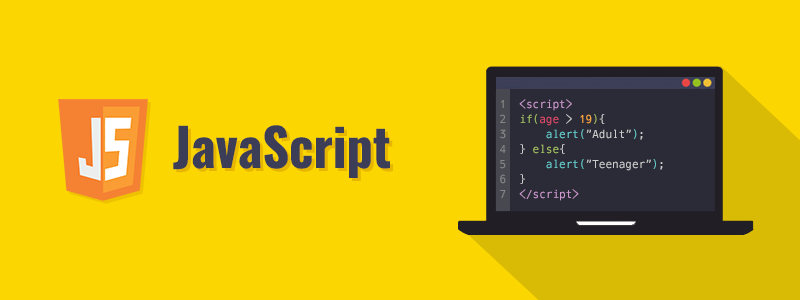
JavaScript is a fundamental language for web development. Whether you are a beginner or looking for a refresher, understanding JavaScript basics is crucial. In this guide, we will cover variables, data types, type conversion, operators, and comments in JavaScript.
1. Variables in JavaScript
Variables store data values. JavaScript provides three ways to declare variables:
var– Function-scoped and can be redeclared.let– Block-scoped and cannot be redeclared in the same scope.const– Block-scoped and must be assigned a value at declaration.
Example:
var x = 10; // Function-scoped let y = 20; // Block-scoped const z = 30; // Constant value
2. Data Types in JavaScript
JavaScript has several data types, categorized into primitive and non-primitive (reference) types.
Primitive Data Types:
- String – Represents text values.
let name = "John";
- Number – Represents both integers and floating-point numbers.
let age = 25;
- Boolean – Represents true or false.
let isAdmin = true;
- Null – Represents an empty or unknown value.
let value = null;
- Undefined – A variable that has been declared but not assigned a value.
let noValue;
- Symbol – Unique and immutable value.
let sym = Symbol("id");
Non-Primitive (Reference) Data Type:
- Object – Stores key-value pairs and can contain functions and other data types.
let person = {
firstName: "John",
age: 30
};
3. Type Conversion and Type Coercion
Type Conversion (Explicit)
Changing one data type to another manually:
let num = String(100); // Converts number to string
let str = Number("123"); // Converts string to number
Type Coercion (Implicit)
JavaScript automatically converts data types when necessary:
console.log("5" + 3); // Output: "53" (String Concatenation)
console.log("5" - 2); // Output: 3 (String converted to Number)
4. Operators in JavaScript
Arithmetic Operators:
Perform mathematical operations.
let sum = 10 + 5; // Addition let diff = 10 - 5; // Subtraction let product = 10 * 5; // Multiplication let quotient = 10 / 5; // Division let remainder = 10 % 3; // Modulus let power = 2 ** 3; // Exponentiation
Assignment Operators:
Assign values to variables.
let x = 10; x += 5; // Equivalent to x = x + 5; x *= 2; // Equivalent to x = x * 2;
Comparison Operators:
Compare two values and return a Boolean.
console.log(5 == "5"); // true (loose comparison) console.log(5 === "5"); // false (strict comparison) console.log(5 > 3); // true
Logical Operators:
Used for boolean logic.
console.log(true && false); // false (AND) console.log(true || false); // true (OR) console.log(!true); // false (NOT)
Bitwise Operators:
Perform bit-level operations.
console.log(5 & 1); // Bitwise AND console.log(5 | 1); // Bitwise OR console.log(5 ^ 1); // Bitwise XOR
5. Comments in JavaScript
Comments make the code more readable and are ignored by the JavaScript engine.
Single-line Comment:
// This is a single-line comment
Multi-line Comment:
/* This is a multi-line comment spanning multiple lines. */
Conclusion
Understanding these JavaScript basics is crucial for building web applications. Mastering variables, data types, operators, and comments will provide a solid foundation for learning advanced JavaScript concepts. Keep practicing, and happy coding!
Leave a Comment